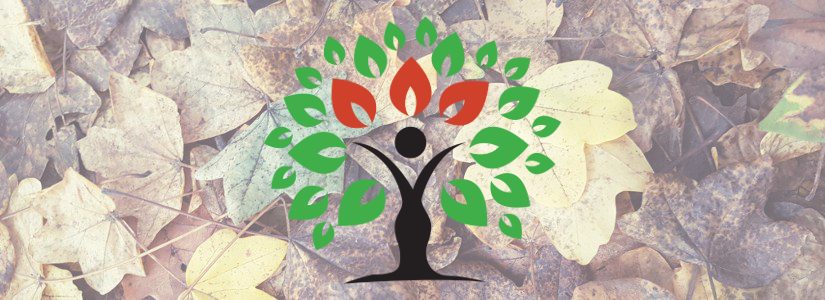Emeka E. Okonkwo, Maureen O. Ukaegbu und Afamefuna P. Eyis sind drei ForscherInnen der Universität von Nigeria. Sie haben traditionelle Formen der Holzverarbeitung in Anaocha, einer Region im Südosten Nigerias, untersucht. In ihrem Artikel „A Documentation of Some Traditional Aspects of Wood Consumption in Anaocha, Nigeria“ schreiben sie auch über die spirituelle und mythologische Bedeutung bestimmter Bäume bzw. Hölzer:
„In Anaocha, wood and wood products have socioeconomic, political, religious, and cultural implications. These are enshrined in the people’s ways of life and exemplified in their norms, values, beliefs, and customs. Religiously, some trees (Iroko, Ofor, Anunuebe, and Ogilisi) are perceived to be sacred because of the religious roles such trees play within the locality as well as their perceived inherent supernatural powers. Trees, such as Iroko, coconut, and so forth, are linked to reincarnation of certain individuals. It is a general belief that a reincarnated individual buries his or her Iyi-uwa (a special kind of stone, which forms the link between an Ogbanje and the spirit world) with which his or her reincarnation was made possible under such trees. Iyi-uwa is an object from Igbo mythology that binds the spirit of a dead child (known as Ogbanje) to the world, causing it to return and be born again by the same mother. (…)
Ethnographic sources revealed that white or red cloths are tied around the tree and that such cloth is often stained with blood of sacrificial animals such as fowls, goats, cows, and so forth. Furthermore, the foot of the tree is decorated with broken pieces of potsherds and stones that are arranged strategically. Prayers and libations are often done under such a tree which is often linked to a particular deity.
Wood types such as Iroko, Akanta, and Ngwu are used in carving sacred objects such as masquerade heads, images of deities (gods and goddesses), and religious musical instruments such as drums, gongs, and flutes. This is because of the belief that they are associated with Ala, the earth goddess, and has connection to the supernatural beings or the spirit world that links the people with their ancestors and ancestress. Thus, some trees are revered as demigods and attract lots of rituals, ceremonies, offerings of sacrifices, and dedications in the communities where they are found. In fact, sacred trees such as Iroko, Ngwu, and Ofor are installed as gods by most communities in Anaocha“.
Quellen
Textauszug aus: Emeka E. Okonkwo / Maureen O. Ukaegbu / Afamefuna P. Eyis: „A Documentation of Some Traditional Aspects of Wood Consumption in Anaocha, Nigeria„. In: SAGE Open 6 (2016) 2 (frei zugänglich, Lizenz CC-BY)
Bild von: Neil R: Tür aus Iroko-Holz, dem Meister von Ikare zugeschrieben, spätes 19. Jahrhundert (Lizenz CC-BY-NC). Weitere Beschreibung des Objekts auf der Website des Brooklyn Museums. Quelle des Objekts: Museum Expedition 1922, Robert B. Woodward Memorial Fund.
